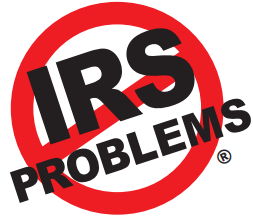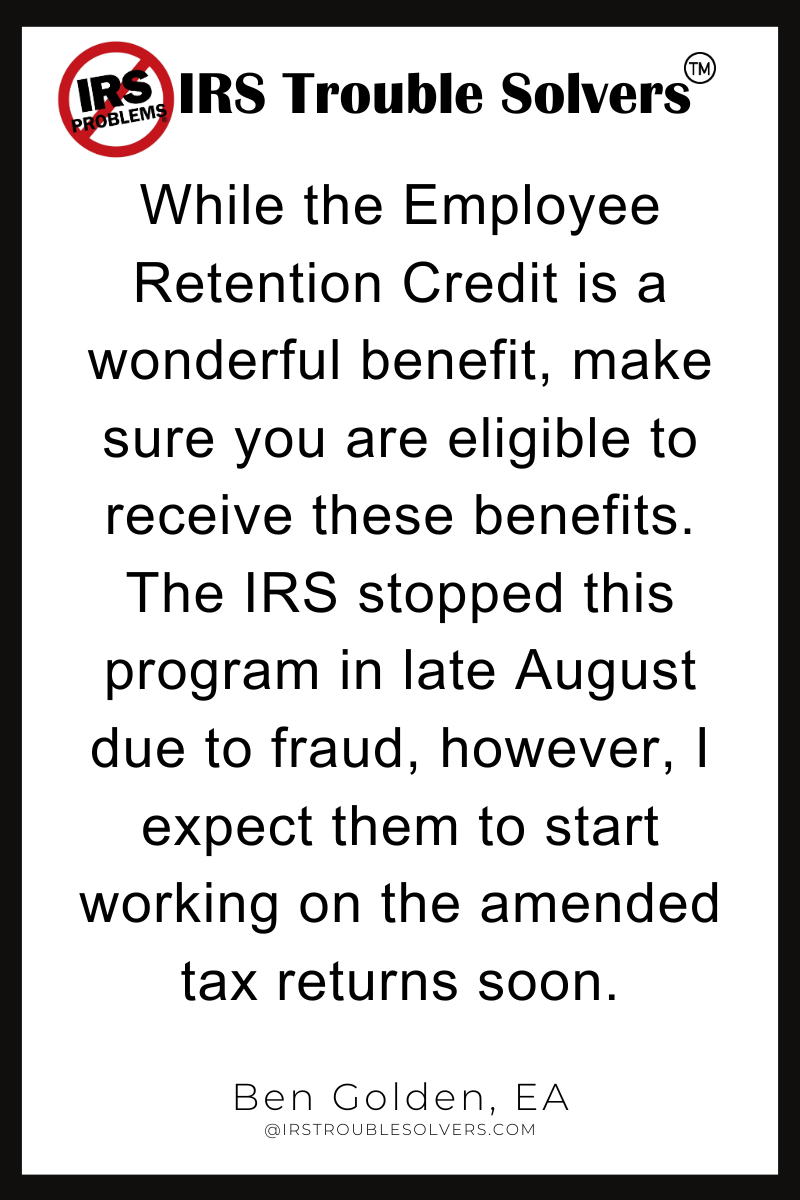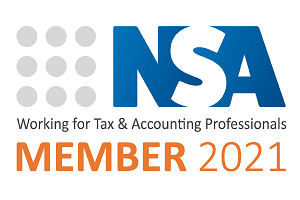
IRS’ AWOL Issue Raises Concerns About Training, Persistency

The considerable number of IRS employees who were absent without leave in recent years has raised concerns among federal workforce experts about a potential breakdown in training of managers and whether similar AWOL rates may persist at the agency.Between Sept. 30, 2018, and Jan. 2, 2021, nearly 11,000 IRS employees were AWOL, a recent report showed. (Photo by Max Fenton/Construction Photography/Avalon/Getty Images)
As a recent report from the Treasury Inspector General for Tax Administration demonstrates, the Internal Revenue Service was forced to respond to the coronavirus pandemic in 2020 in an understaffed posture because a potentially substantial portion of its workforce was unavailable.
Between Sept. 30, 2018, and Jan. 2, 2021, nearly 11,000 IRS employees were AWOL, according to the report, and the IRS failed to document that conduct for 8,787 of them. In fiscal year 2020, the agency had more than 75,000 full-time employees.
During that time period, the agency shuttered some operations in response to the pandemic, which resulted in a mail backlog of tax returns and correspondence items that ultimately reached into the tens of millions.
IRS Commissioner Chuck Rettig has assured lawmakers that the agency’s inventory will be at a “healthy” level by the end of this calendar year. Those efforts will be bolstered by the Office of Personnel Management’s decision to provide the IRS with direct-hire authority for 10,000 workers.
But as the agency continues to make strides in paring down its backlog and returning to a pre-pandemic footing generally, questions remain about whether it has the right systems in place to effectively address its AWOL issue moving forward.
“Not every one of these employees could have been answering phones or processing tax returns, but some of them could have,” Pete Sepp, president of the National Taxpayers Union, told Law360. “It’s not as if all of these folks were somehow cleaning the drapes.”
Absent without leave is, according to the Internal Revenue Manual, a nonpay status relating to absences that are not officially authorized or approved. There are a variety of reasons why employees should be charged with AWOL, including if they fail to notify their manager or if they have not satisfactorily substantiated the reasoning for their absence from duty.
AWOL, in and of itself, does not constitute a disciplinary action, Ann Boehm, instructor at the Federal Employment Law Training Group LLC, told Law360. Boehm worked for 26 years as a government attorney, at one point serving as chief of discipline management in the U.S. Marshals Service’s Office of Professional Responsibility.
“You still have to be disciplined for AWOL,” she said, adding that, if handled correctly, it represents one of the most viable and effective avenues by which employees can be removed from the federal workforce.
According to TIGTA, discipline for an IRS employee’s first AWOL offense can range from admonishment to a written reprimand. Punishment for a third documented AWOL offense ranges from a 15-day suspension to removal from the agency.
Of the nearly 9,000 employees for whom the agency failed to document conduct issues, 61% were AWOL in at least three instances, according to the report. Those employees ultimately could have been removed from the service, but none had received documented conduct violations, TIGTA said in its report.
Included in the group of 9,000 employees were some long-haul offenders, according to the report. One thousand forty-two were AWOL between four and 16 weeks, while 139 were AWOL for at least 25 weeks.
That pattern of non documentation seems to indicate a breakdown somewhere in the training managers are supposed to receive, Deborah Hopkins, employment attorney and president of Federal Employment Law Training Group, told Law360.
“If employees don’t follow the rules, including coming to work when they’re scheduled to come to work, then supervisors have the tools to hold those employees accountable,” Hopkins said. “So they have the tools, [but] they must not know that those tools are available to them.”
Indeed, some confusion may exist between the Internal Revenue Manual’s definition of AWOL and the definition provided in the Office of Personnel Management’s guidance, according to the report.
Specifically, OPM’s guidance provides that “notating AWOL in and of itself is not a disciplinary action, but it could be the basis for taking disciplinary action,” while the IRM states that AWOL “can form the basis for future disciplinary action.”
According to TIGTA, managers might conclude from the manual’s language that, absent some aggravating offense committed in the future, they’re unable to pursue disciplinary actions for AWOL employees.
“I can see how there might be confusion about that,” Hopkins said, referring to the difference in language between OPM’s guidance and the IRM’s language. “But that’s a lot of people being confused about it,” she said, adding that some of the cases in the report were especially egregious.
It’s also noteworthy that the IRS was experiencing this level of unauthorized absenteeism in its workforce, in part, when it was trying to pare down the mail backlog it had incurred as a result of the pandemic, Sepp told Law360.
In the summer of 2020, for example, the IRS reported that it was contending with a mail backlog of some 12.3 million items of correspondence. As of early February this year, National Taxpayer Advocate Erin Collins said the agency had approximately 23.5 million returns, correspondence and account management cases in its inventory that needed to be processed manually.
In response to the backlog, the IRS deployed so-called surge teams, suspended the delivery of certain collection notices and was ultimately granted direct-hire authority from OPM to onboard 10,000 employees by the end of 2023. Those measures appear to be making a positive difference, according to Rettig.
But it still might be worth considering how much more efficiently the agency would have been able to address the backlog had it been firing on all cylinders, Sepp told Law360.
“Would better attention to this problem have prevented a 20 million return backlog? No, not by itself,” Sepp said. “But, we’ve been struggling for answers, and there obviously have to be many. This should be a pretty easy one to implement.”
The data provided by TIGTA are somewhat incomplete, in that they don’t disaggregate the numbers by job category or show whether the offending employees’ periods of absenteeism were disjointed or consecutive in nature. The report is also silent on whether the agency is still contending with an AWOL problem.
The IRS did not respond to a request for comment for this story.
Nevertheless, there’s every likelihood that the problem persists not only at the IRS, but throughout the federal government, Sepp told Law360.
“This can’t be only happening at the IRS, and we can’t lay it all off to” the pandemic, he said.
The report’s findings, he added, indicate “a serious personnel tracking problem that predated [the pandemic] and is still going on not only at the IRS, but probably in other areas of government.”













